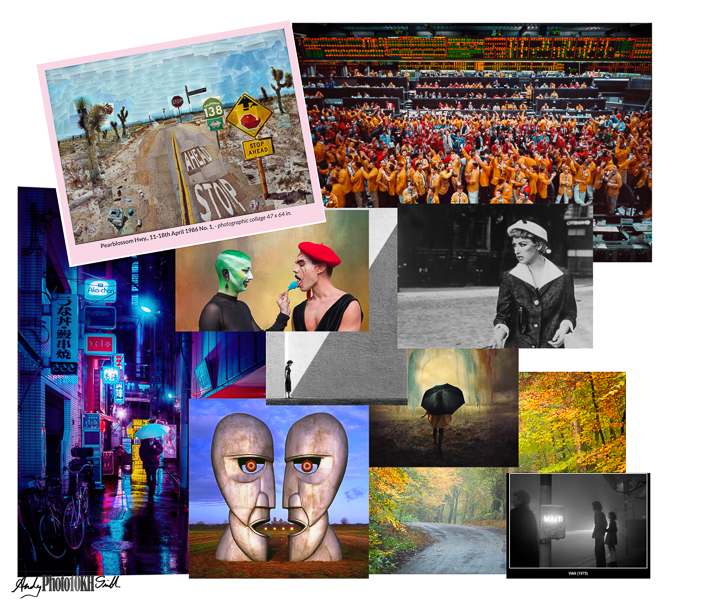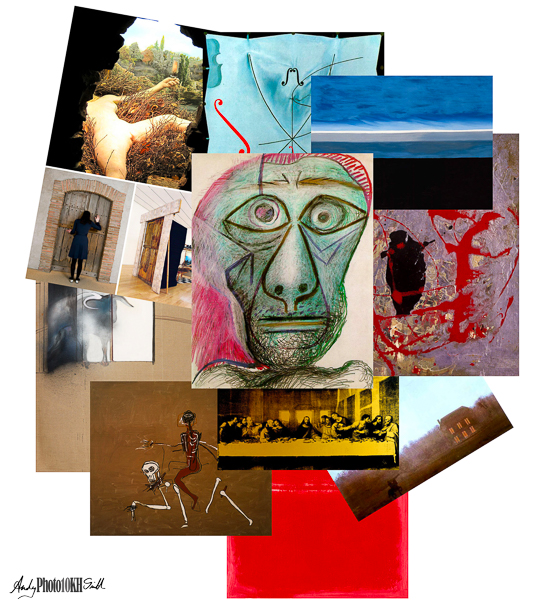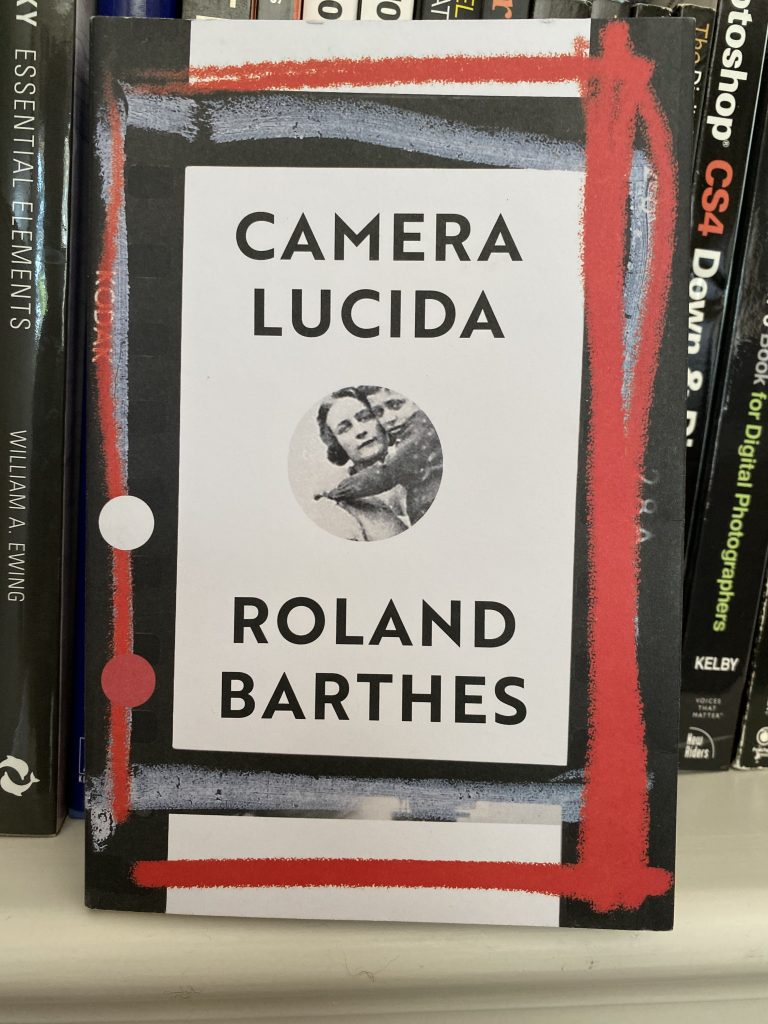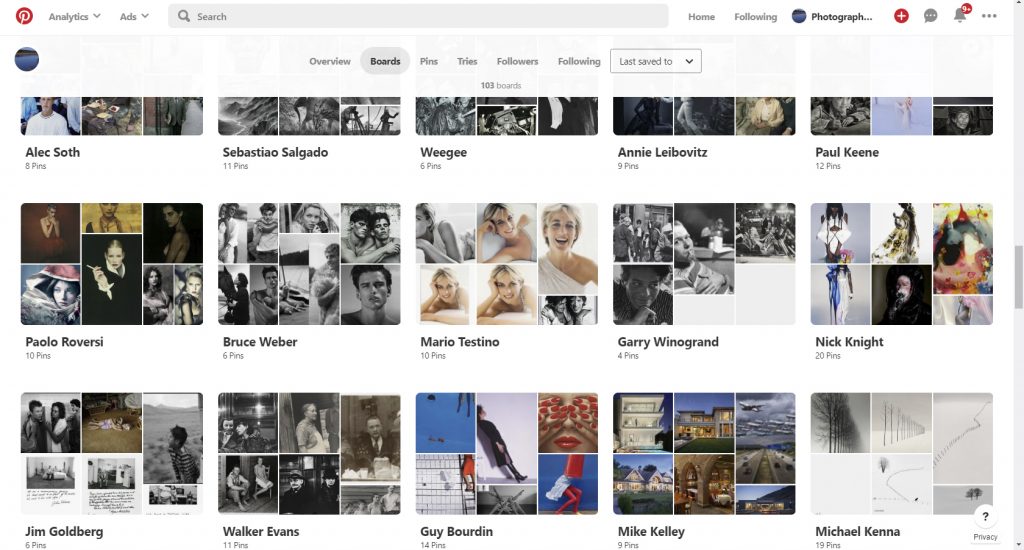
A quick run through of some of my most significant influences.
[Read more…]Ten Thousand Hours Photography
10,000 Hours Deliberate Practice Learning the Art of Photography

This post is nothing more than an impulse to collate the last paintings of some of my favourite artists. One cannot help but feel that they knew their time was coming.
[Read more…]
Roland Barthes (1915-1980) was a French philosopher and literary theorist, he was not a photographer. This book deals with the question: what is a photograph? from that perspective.

Barthes describes the essence of photography as distinct from both art and history.
Art, he contests, is the result of a creative process undertaken by an artist; whereas a photograph is primarily the preservation of “something that was”.
History is a perspective on past events; always open to challenge and contradiction. A photograph, by contrast, is undeniably “something that was”, and it is up to the viewer to infer meaning. A meaning which, as I show below, may change from person to person or evolve over time.
The photographer, and the subject, if it is a person aware of being photographed, can suggest an implied meaning. However, without knowledge of this intent, the viewer may see the image differently, and derive a meaning entirely personal to them.
Tim Flack’s fine book on horse photography, ‘Equus’, ends with this quote from Barthes’ book: “Ultimately a photograph looks like anyone except the person it represents.”
[Read more…]
Right at the start of his book “50 Paths to Creative Photography“, Michael Freeman urges aspiring photographers to Study the Form, i.e., to learn from the top 100 photographers of all time, and build on their achievements:

This post is my attempt to do exactly that. I have tried to make extensive use of Pinterest to reference key works and provided links to the photographers home website or the one that best represents them. The list of photographers presented represents my personal preference; as of the date this post is published and will, hopefully, over time develop and change.
See also my post: “First Notes on the History of Photography as an Art Form.”
If you have any suggestions regarding photographers I should be considering or any other comments, please post them below.
To see more posts on other photographic topics, or to follow my learning progress, please like or follow me on the social media channel of your choice to the right.
Two female photographers from different eras, both working on long term politically motivated documentary projects, and achieving their aims through a series of situational portraits. Downstairs, Dorothea Lange’s “Politics of Seeing”; upstairs Vanessa Winship’s “And Time Folds.”
Dorothea Lange is one of the most important photographers in the history of the art, if only for her Migrant Mother image, which became an icon of the American Depression in the 1930’s and remains one of the most recognizable photographs of all time. Although “The Politics of Seeing” exhibition has one section entirely devoted to the Migrant Mother series, and another to the depression era images for which she is best known, it aims to give a much broader view of her work over her entire lifetime. Arranged chronologically, it covers her early work as a portrait photographer to the rich and famous in San Francisco; her work documenting the internment of Japanese American citizens during WWII; and various projects after the war associated with civil rights and environmental concerns.
Vanessa Winship is a contemporary photographer from the north of England who rose to fame in 2011 as the first woman to win the Foundation Henri Cartier-Bresson award. The award enabled her to travel across the USA and create her most notable work to date, “She Dances on Jackson”, which documents the lives of the invisible middle American working class. Like Lange, much of her work is politically motivated and seeks to raise awareness of dispossessed and marginalized communities. Her exhibition “And Time Folds” is again organised chronologically with her early work made in Eastern Europe, including the Balkans and Turkey, telling the story of today’s desperate populations. Then, closer to home, her minimalist landscapes show the harsh bleakness of the north of England.
My objective with this post is to encourage anybody who hasn’t been, to go. Barbican exhibitions tend to be for quite short periods, so be quick!
If you’ve been and disagree with me, I would love to hear from you, either through the comments box below or through the social media channel of you choice right.